I wasn’t planning on writing about this and I’m sure I’ll lose many subscribers for doing so. But I just can’t stop thinking about the video showing 23-year-old Iryna Zarutska, a Ukrainian refugee, stabbed to death on a Charlotte train after her shift at a pizza restaurant on August 22nd. Yesterday, I finally watched it in its entirety. Then watched it again, and again, and again. It’s not just what happened that haunts me. It’s what didn’t happen.
The man stood over her, knife raised and the other passengers didn’t even scream. They hardly flinched. They barely moved. They just sat there, two feet away, as if it were a scene in a movie and they weren’t in it. It’s nauseating to even think about.
I’m not going to share the video. You can search for it if you want to see it for yourself. But that moment—her eyes scanning the car, realizing no one would help her—woke something up in me. A kind of raw clarity I won’t ever be able to unsee. The quiet horror of it. The way no one reacted. The way everyone just kept their seat.
And yet, for weeks, no coverage. No national outcry.
The footage eventually went viral online, but not because of legacy media. They only acknowledged the story once it was politically useful. And when they did, it wasn’t to report the murder or address why a man with 14 prior arrests was walking free to begin with. It was to frame the public’s outrage as a problem. They covered it to highlight the reaction the right was having.
The New York Times headline was astonishing: "Gruesome Murder in North Carolina Ignites a Firestorm on the Right." That framing—subtle yet surgical—immediately shifts the story away from the event itself and onto the reaction. It moves the reader’s gaze from the reality of the crime to the people who dare to care about it. The grotesque part is that it works. It primes people to see empathy as extremism.
Take CNN’s Van Jones, for example, who called the backlash “race-mongering.” Not because he denied that Iryna was murdered—on camera, on public transit—but because he didn’t like who was angry about it, or what questions they were asking. And this has become the pattern: when certain crimes cut against the narrative, the media doesn’t just stay quiet, they punish you for noticing.
X account user Gurwinder (@G_S_Bhogal) said it best in a tweet: "When you frame legitimate concerns as far-right, you don’t make the concerns look unreasonable, you make the far-right look reasonable." Legitimate concern becomes extremist ideology overnight.
This is where the concept of framing bias matters deeply. As
noted in his newsletter last week, framing bias is a cognitive bias where people make different decisions based on how information is presented to them, rather than the objective facts. It’s not about truth—it's about optics. A 90% survival rate sounds reassuring; a 10% mortality rate sounds terrifying. The information is identical. The effect is not.“The frames used for the picture (a plain wooden frame vs an ornate golden frame) create different contexts, which shape your perception of the painting. It can make a mundane piece look luxurious, and a luxurious piece look mundane.
The media does the same exact thing to give you a positive or negative perception of events. They don’t just give you the facts - they give you their story.”
— via his “Clear Thinker” newsletter
That’s what the media is doing. They’re not denying that Iryna died—they’re choosing a lens that minimizes it. They emphasize the "far-right reaction" because it's more narratively useful than confronting the justice system failures, the apathy of the public, or the racial dynamics that don't fit neatly into the usual scripts.
Compare this to George Floyd. Murals. Hashtags. Riots. Congress members kneeling in imported kente cloth. Floyd was killed while resisting arrest with multiple drugs in his system. Iryna was a civilian, sober, unarmed, seated, minding her own business. What she got was silence—until the silence became a problem they could no longer ignore, at which point they decided to frame her as “a right-wing talking point.”
This is why so many people don’t trust the media anymore. Because they don’t just omit, they obscure. They don’t just misframe, they gaslight. They tell us not to believe something we saw with our own eyes. They tell us that what we witnessed is actually a distraction, that asking questions about it is dangerous, and that the real story is that someone leaked the footage in the first place.
A tweet I saw laid the contrast bare: Sydney Sweeney wore jeans in a photoshoot and drew more mainstream outrage than the murder of a woman by a man with fourteen prior arrests. Let that sink in. Media outrage is not about severity. It’s about utility. About framing. Kaizen captured this perfectly: what matters isn’t what happened, it’s how it’s positioned.
I know I’m not supposed to say this part out loud, but there’s also a racial hierarchy in play. What do I mean? The New York Times capitalized "Black" several times in one article about Iryna’s death, while lowercasing "white" just as often. That’s not random. That’s narrative enforcement, visual subtext.
This isn’t an isolated instance either. The Associated Press even issued an announcement back in 2020 on how they’ve updated their editorial style guide to capitalize "Black" while continuing to lowercase "white"—a symbolic decision that speaks volumes about which tragedies are granted gravity.
The implications of all this are deep and corrosive. When justice becomes conditional on the identities of those involved, public trust unravels. When crimes are reported—or not reported—based on whether they align with pre-approved moral templates, people begin to withdraw from the public square. They start to believe that only power matters, not truth. And once that belief sets in, civic life breaks down.
What you’re seeing isn’t just media bias. It’s ideological filtration. It’s the use of institutional influence to manage emotional bandwidth. If they can keep you focused on microaggressions, they don’t have to explain why the people you elected let a known violent offender walk free until he murdered an innocent girl on public transportation. They don’t have to explain why no one helped her. They just have to label your concern as partisan.
I’m not writing this to stir up division or start a race war or spark outrage—though I don’t see how one isn’t enraged after watching that footage. I’m writing it because that video snapped something in me. I’m here because I’m trying to understand what kind of society we’re actually living in. Trying to understand why this murder wasn’t treated as a national tragedy. Why no one moved on that train. Why our institutions tiptoe around crimes like this until they can deflect, minimize, or politicize.
And why it feels like noticing any of this is itself a bigger sin than the act that triggered it.
It has once again reframed my assumptions about who the media protects—and who it will allow to bleed in silence. It once again made me question the scripts I was handed in college about race, power, and perception.
But what really gets me—what’s stuck in my throat like a lump I can’t swallow—is a single frame in the video: Iryna curled up, hands over her mouth, absolutely terrified.
She looks to her right, at the woman next to her. And sees nothing. No help. No reaction. Just blank human furniture. She died thinking no one cared. Not the people near her. Not the institutions sworn to protect her. Not the journalists paid to tell the truth.
That’s the part I can’t shake.
So, if you saw that video and felt the same—if it unsettled something in you too—just know you’re not alone. You’re not crazy. You’re just finally seeing the frames they’ve been using all along.
That’s why I wrote this today.
Because there’s no such thing as neutrality when silence has a shape.



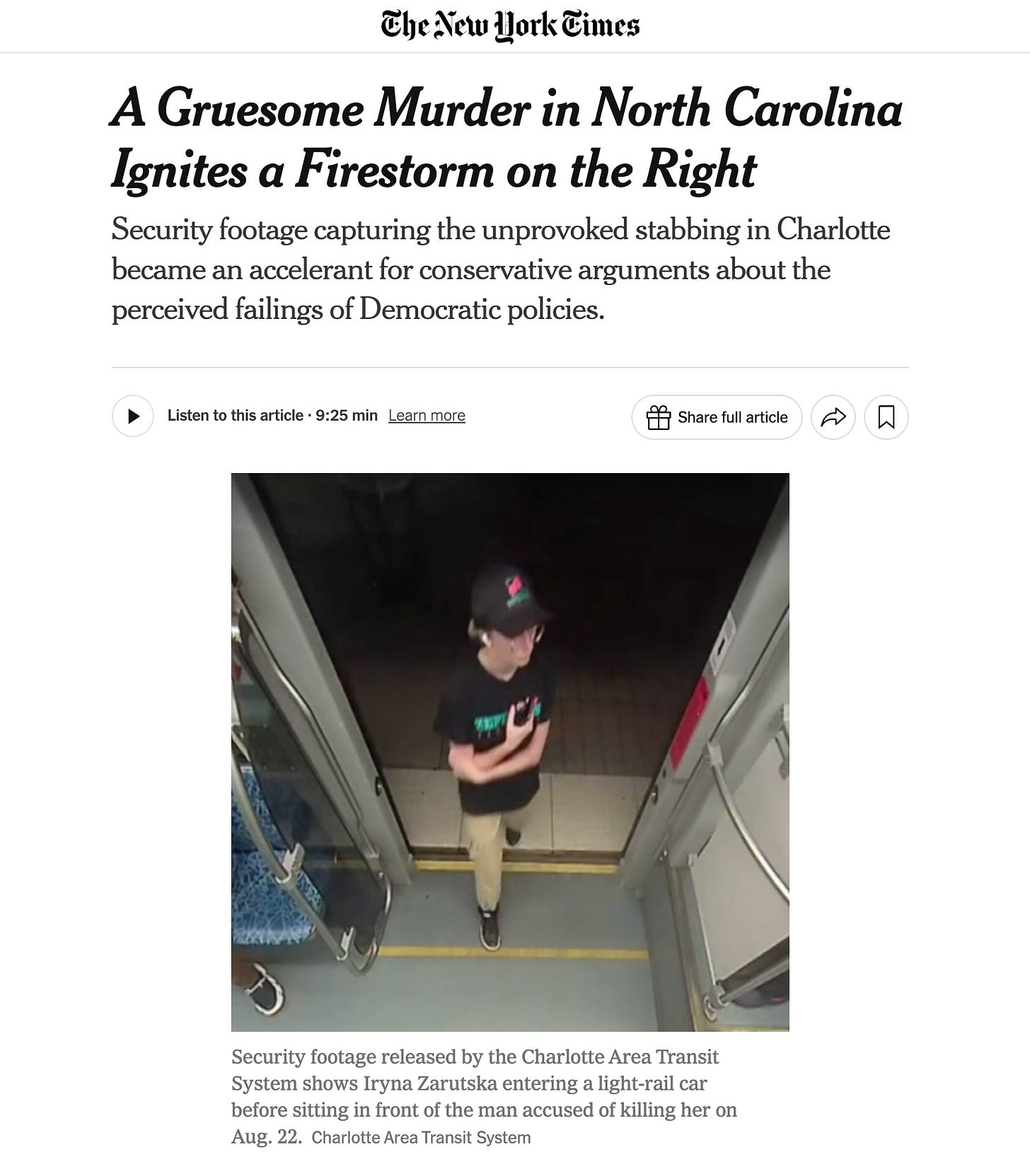
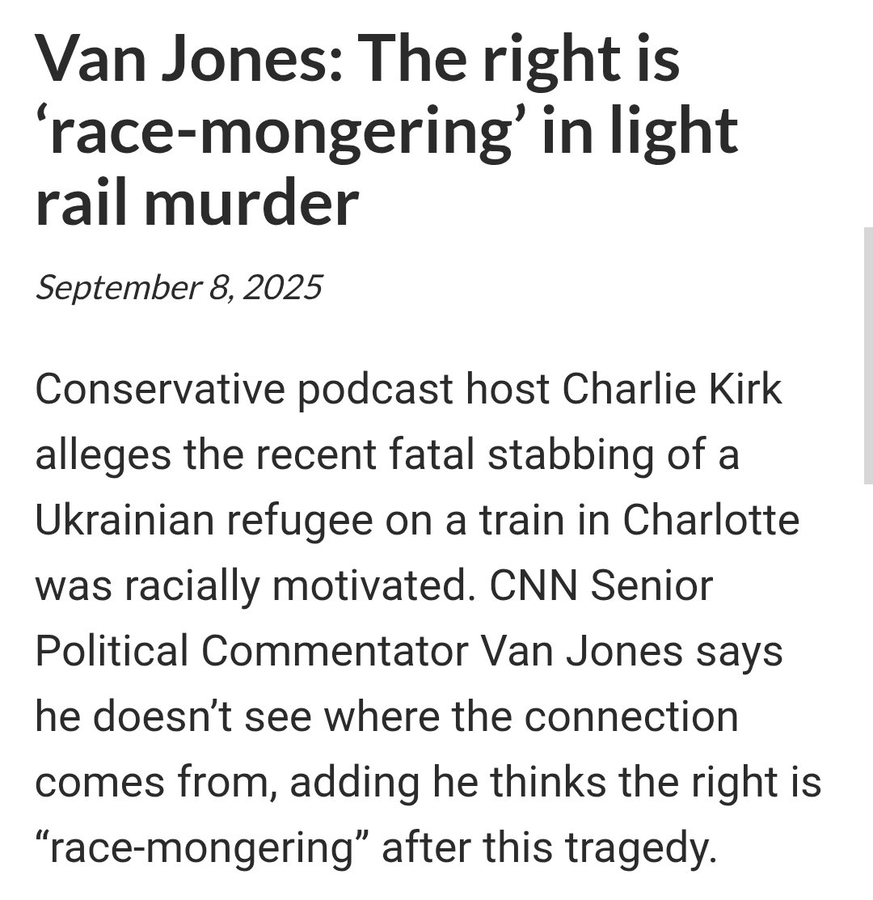
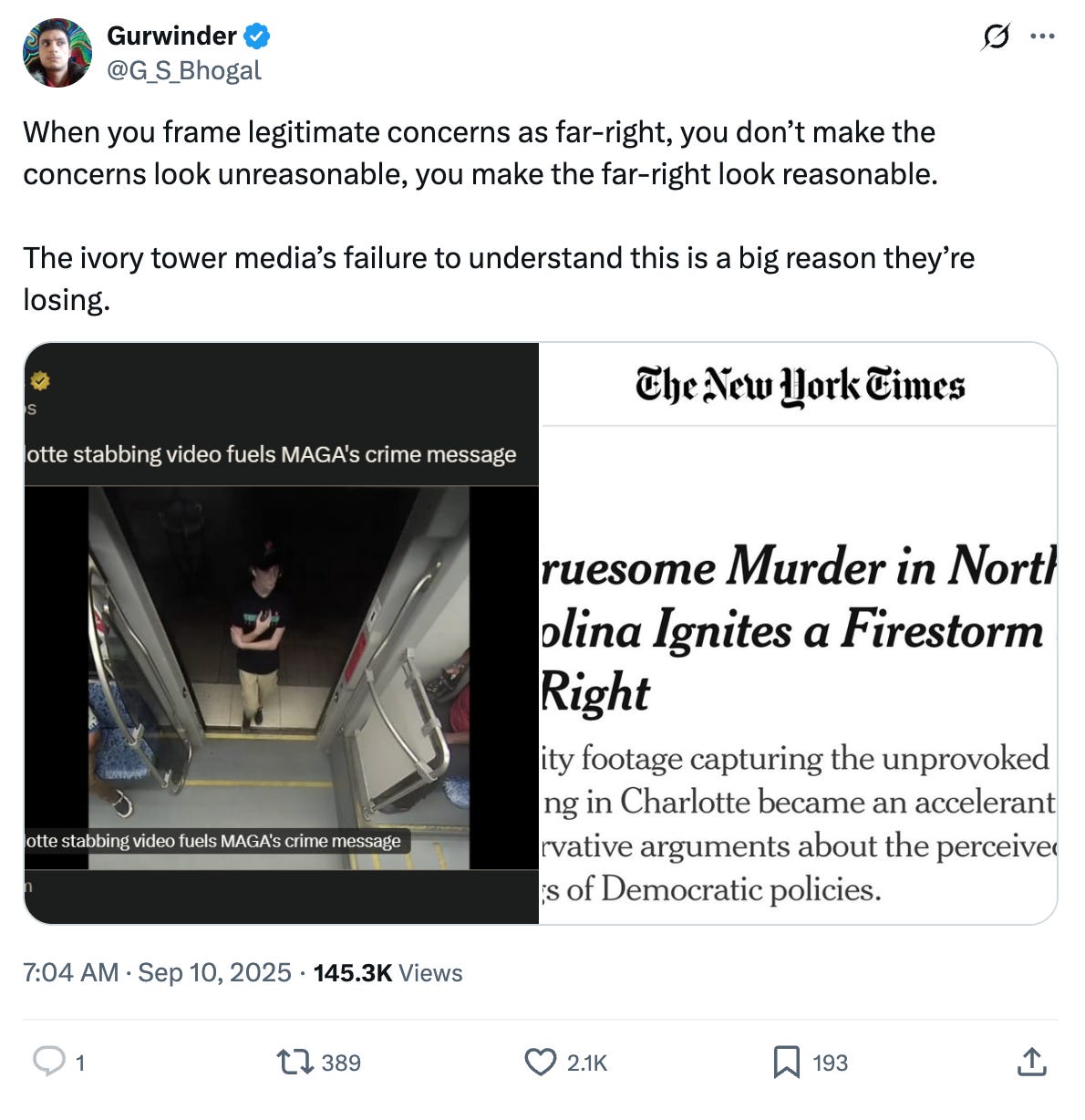
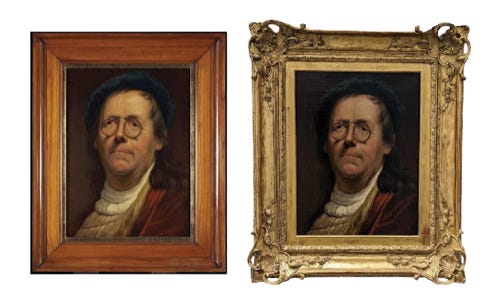
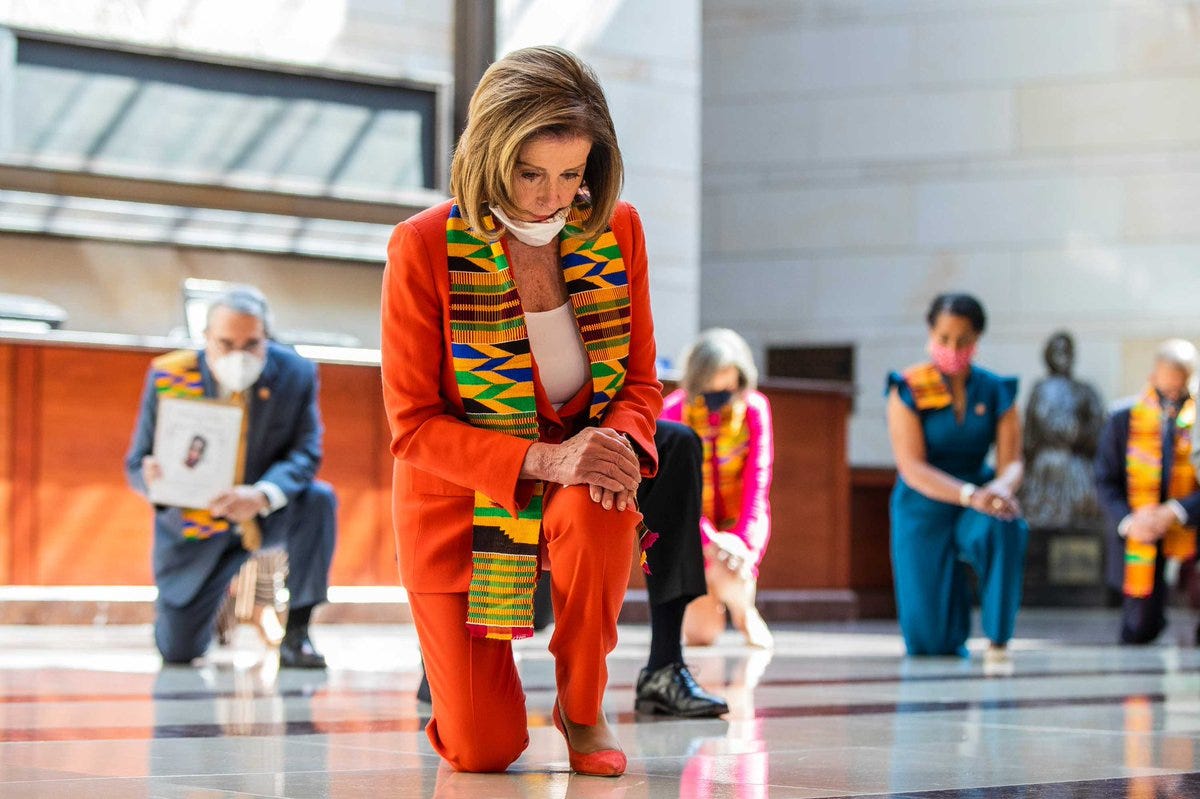
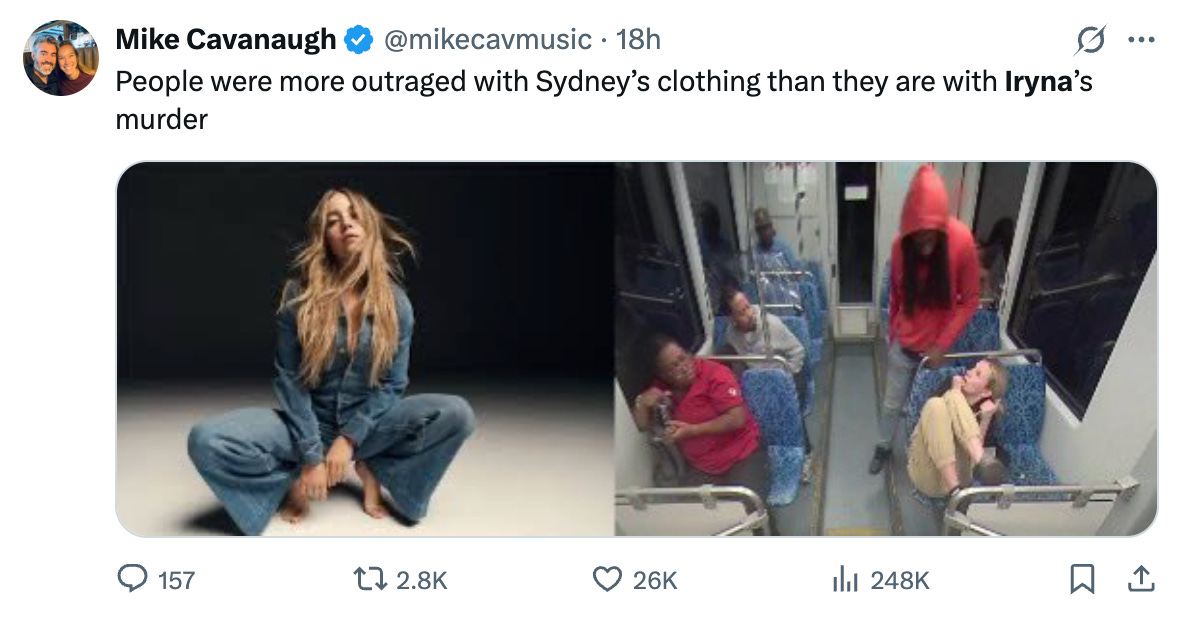
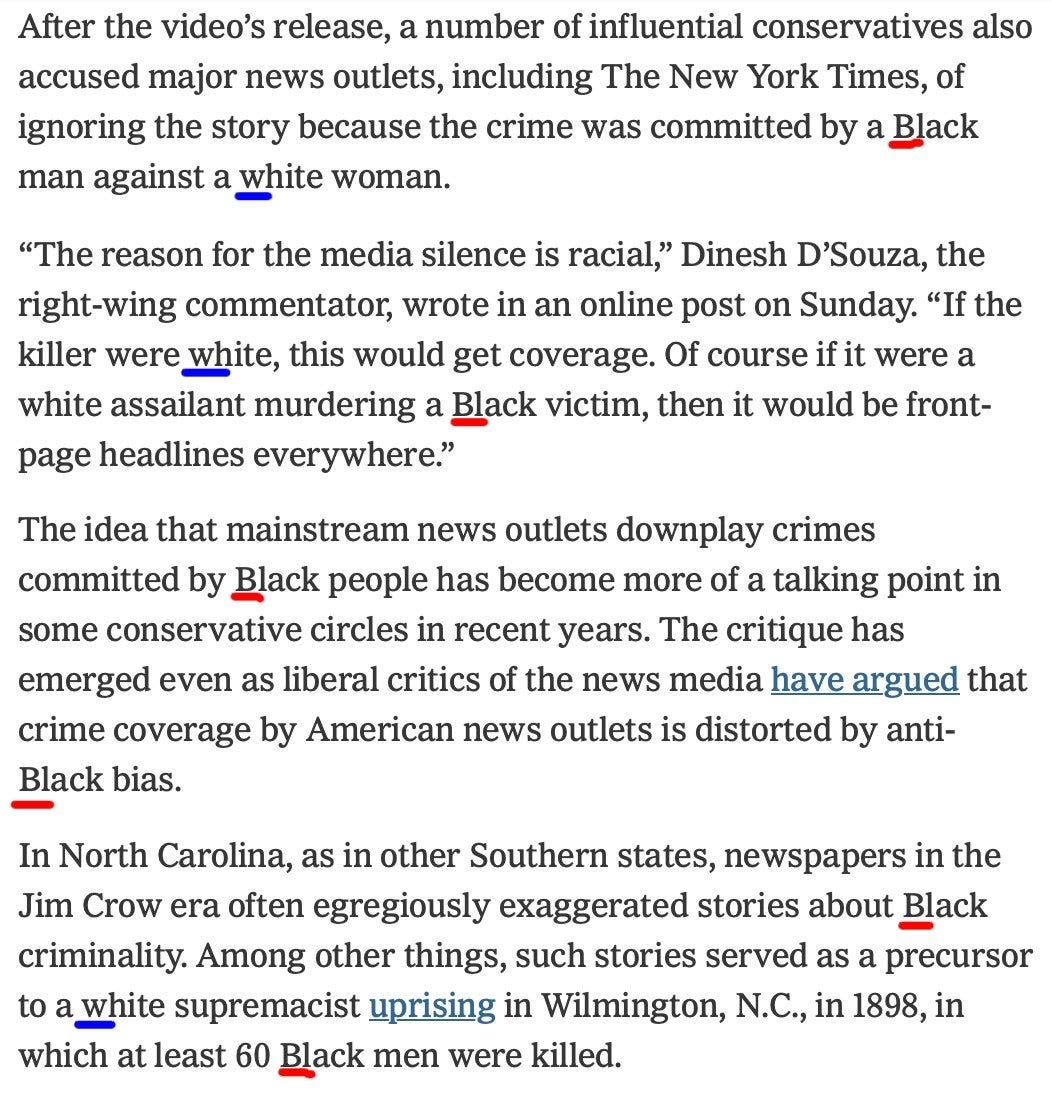
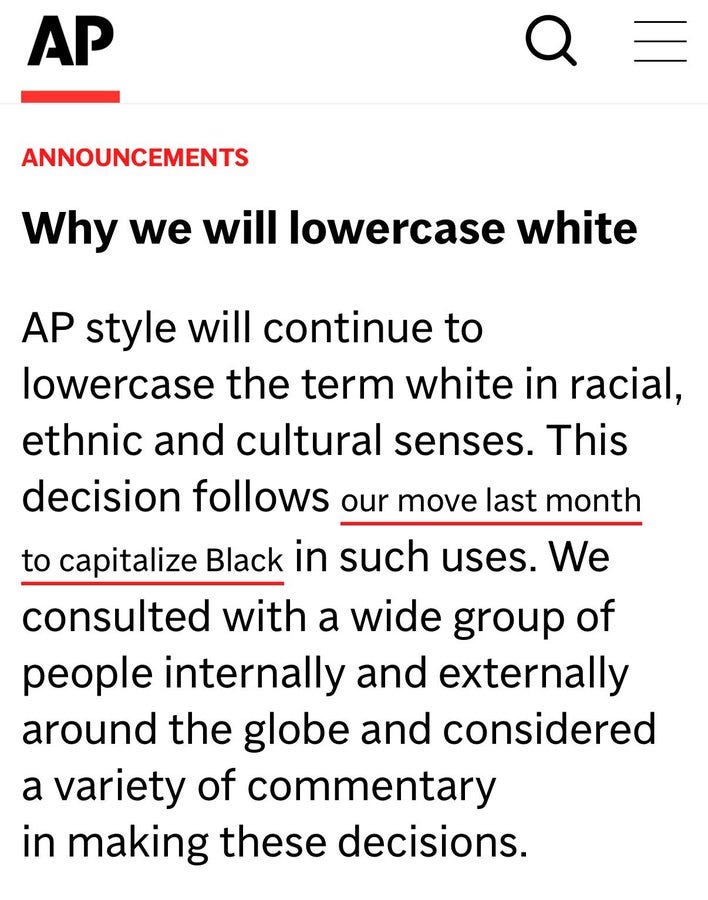

Thank you for saying what so many of us are thinking. 🙏🏻💕🙏🏻💕
Thank you for writing about this.